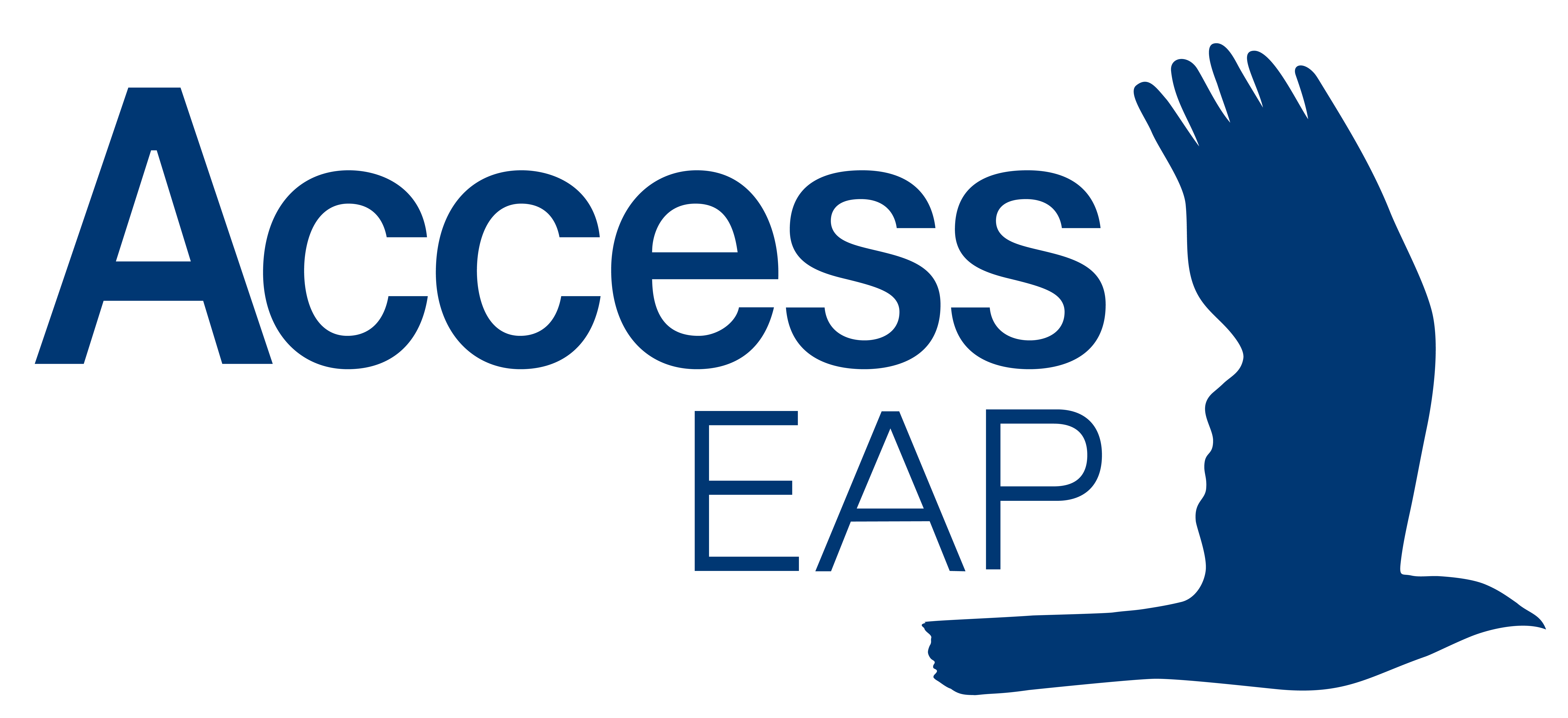
Diversity and Inclusion – It’s always been a good idea
The benefits of diversity and inclusion are all around us.
Let’s start by looking at the natural world. To quote the European Commission: “Biodiversity is the key indicator of the health of an ecosystem. A wide variety of species will cope better with threats than a limited number of them in large populations. Even if certain species are affected by pollution, climate change or human activities, the ecosystem as a whole may adapt and survive.”
It’s not a huge leap to see how this quality of our natural world applies to the world of human communities and the community of ideas that those humans generate. Adapting and surviving applies just as much to individuals, groups, teams and organisations as to an ecosystem.
Start with considering what happens inside your own head. Is your habit to think the same recurring thoughts, reading, listening to, and talking about the same viewpoints all the time? Or do you sometimes entertain ways of looking at the world that are less common for you so you have an opportunity to consider situations from a different perspective?
And when we have a group of people who all come from the same background, with similar life experiences and education, these people will all tend to think the same. This might make coming to agreement a piece of cake, but it also can create shared blind spots. Group-think often occurs in teams and organisations where there is lack of diversity. Decisions don’t get questioned, the overall status quo doesn’t get challenged, and as the external environment changes, as inevitably it will, and different threats and opportunities arise, they may go unnoticed or not seen with sufficient clarity until the opportunity is missed or the threat is too great.
Because we all can have a bias for spending time with (and hiring) people who are ‘like us’, spending time considering the importance of diversity and its implications for teams, organisations and individuals who may get excluded from opportunities, is a vital ingredient in creating a well-functioning group.
Jennifer Brown’s Ally Continuum is useful when thinking where you are on the journey of diversity and inclusion. There are four phases. Phase 1 is Unaware, where you see diversity as not your concern and you don’t need to do anything about it. Phase 2 is Aware, where you realise diversity needs attention, and you are educating yourself on its importance and starting to notice how some people can be excluded because they are perceived as ‘different.’ Phase 3, Active, is when you are starting to take meaningful steps to promote diversity in your workplace and outside it. And Phase 4, Advocate, is where you see diversity as an issue that you are standing up for. If you see someone discriminated against, or you are in a team that lacks diversity, you speak up and use your position to encourage change towards a more equitable and diverse environment.
Where are you on this continuum?
And as you finish reading this article, you might also like to take a moment to consider the patterns in your thinking. Do you always think in the same way, using the same ideas and processes to solve whatever problems come your way? Or do you at times give yourself the freedom to think outside the square, and entertain ideas that are less familiar? Encouraging our own thinking ‘biodiversity’ might help you adapt and survive too.
If you would like to discuss and reflect upon your thinking patterns, reach out to us and book an appointment. Call AccessEAP on 1800 818 728.
Stephen Malloch, Manager Clinical Consulting


